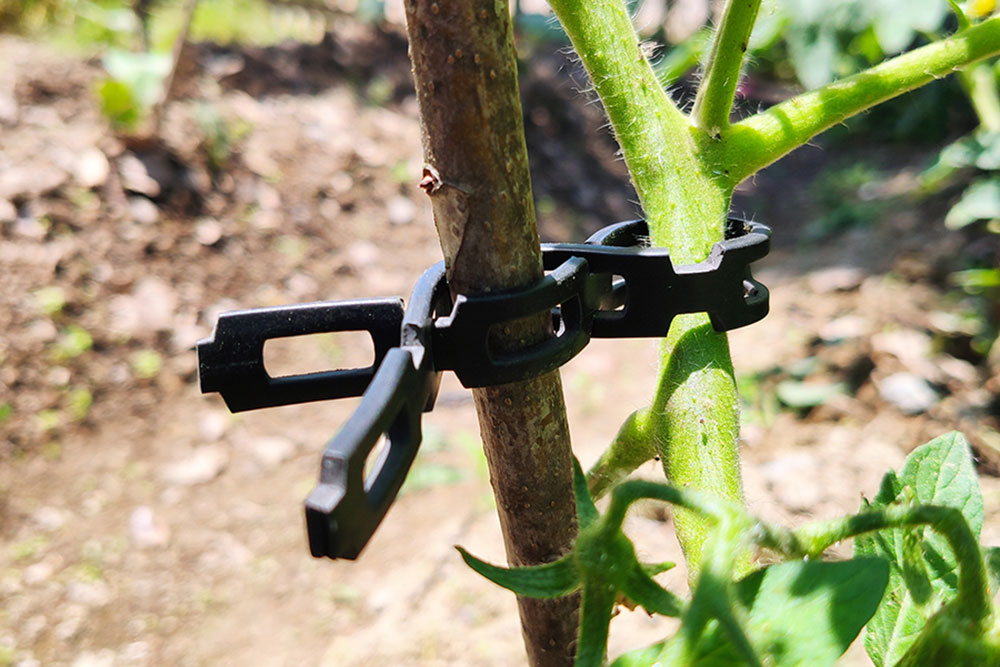Introduction
As a tree lover, you know the importance of protecting your trees. Trees provide shade, oxygen, and beauty to our surroundings. However, trees can face many challenges, such as harsh weather conditions, pests, and diseases. In addition, young trees need extra support to grow strong and tall. This is where tree ties come in.
Tree ties are a simple and effective way to support and protect your trees. In this article, we will explore the different types of tree ties available in the market, such as stakes and straps, and their advantages and disadvantages.
Stakes
Stakes are one of the most common types of tree ties. They are wooden or metal poles that are driven into the ground next to a tree and attached to the trunk with a tie. Stakes provide stability to newly planted trees and prevent root movement.
However, using stakes as tree ties has some disadvantages. Stakes can damage the tree trunk and restrict tree growth. When staking a tree, it’s important to use soft materials, such as rubber or fabric ties, to avoid damaging the bark.
Straps
Straps are another popular type of tree tie. Straps are flexible materials that wrap around the tree trunk and attach to a stake or another fixed object. Straps are gentle on tree trunks, adjustable, and easy to install. They are also less likely to damage the tree than stakes.
However, straps may require more maintenance than stakes and may not provide as much stability, especially in high-wind areas.
Rope and Wire
Rope and wire are also used as tree ties. Rope and wire can be customized to fit any tree size and can provide extra support in high-wind areas.
However, using rope and wire as tree ties has some disadvantages. Rope and wire can damage the tree trunk and may need to be replaced frequently. It’s important to use soft materials, such as fabric or rubber, to avoid damaging the bark.
Other Types of Tree Ties
Other types of tree ties include tree straps with buckles or velcro, bamboo stakes, and bungee cords. Tree straps with buckles or velcro are easy to install and adjust. Bamboo stakes are eco-friendly and can be used as a support for the tree.
Bungee cords are stretchy and can provide extra support. However, each type of tree tie has its own advantages and disadvantages. It’s important to choose the right type of tree tie for each tree.
Conclusion
In conclusion, tree ties are an important tool for protecting and supporting your trees. There are different types of tree ties available in the market, such as stakes and straps, and each has its own advantages and disadvantages.
When choosing a tree tie, it’s important to consider the type and size of the tree, the environmental conditions, and the potential risks. It’s also important to consult with experts and do further research before choosing a tree tie for your own trees. By choosing the right tree tie, you can help your trees grow strong and healthy for years to come.

